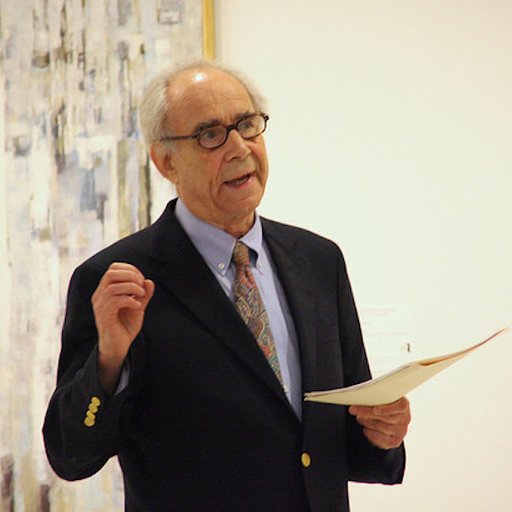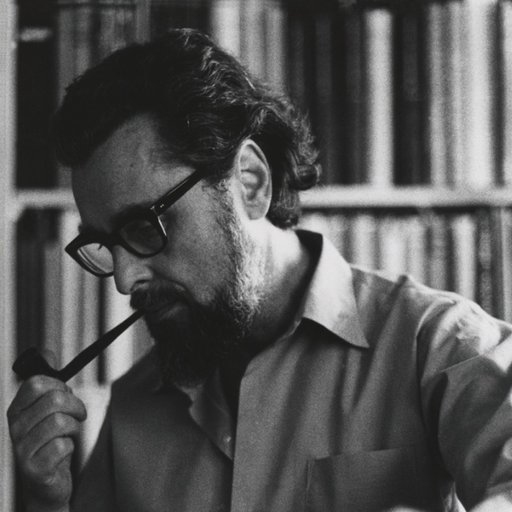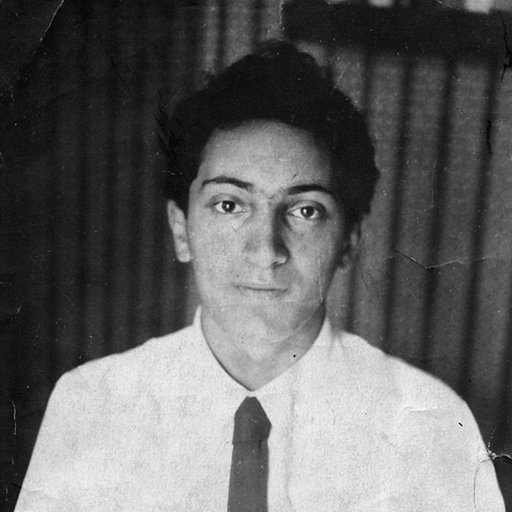Describing Hal Foster as a critic is something of a misnomer. A distinguished professor and academic, he is one of the most important art historians living today. That being said, Foster’s commitment to writing that’s both critical and historical has defined his career. His writings on the history of the avant-garde and contemporary art are equally influential: Foster is a rare type of art historian whose impact in circles outside of academia has not diminished his esteem within it. With an ability to opine on Adolf Loos and Martha Stewart in a single text, Foster devotes himself to the past and the present, high and low, with equal fervor. What follows is an overview of Foster’s major works and ideas.
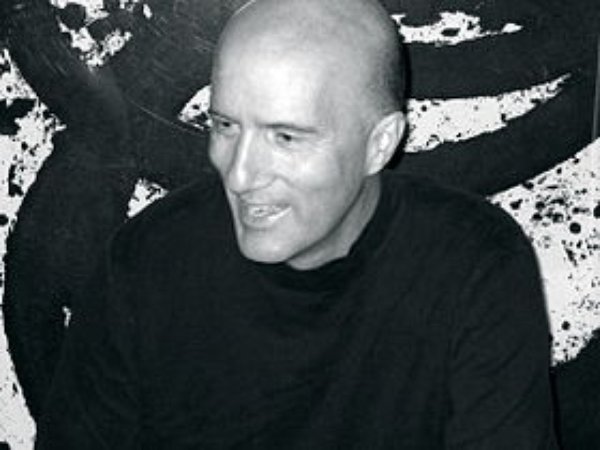
KEEPING MODERNISM RADICAL IN THE POSTMODERN ERA
After receiving his bachelors degree in Art History and English Literature from Princeton (where he now teaches), and earning a masters degree from Columbia, Foster studied art history under Rosalind Krauss—the highly influential post-structuralist critic and theorist, best known as the author of "Sculpture in the Expanded Field"—at the Graduate Center at the City University of New York, where he wrote his dissertation on Surrealism. This early focus on modernism and the historical avant-garde has been an important touchstone for the rest of Foster’s work, even as his focus has shifted to other historical periods.
Foster’s first notable book was an edited volume of essays titled The Anti-Aesthetic: Essays on Postmodern Culture (1983). Featuring the work of Jean Baudrillard, Douglas Crimp, Kenneth Frampton, Jürgen Habermas, Fredric Jameson, Rosalind Krauss, Craig Owens, Edward W. Said, and Gregory L. Ulmer, The Anti-Aesthetic is still an indispensible text, one that is all the more impressive given the fact that the intellectual movement it chronicles was very much still in formation when the book was first released.
In the early 1980s, artists, theorists, and historians grappled with a new intellectual paradigm, one that questioned modernism’s core assumptions. Postmodernism replaced the autonomous, pure work of art with the concept of “text,” meaning something that is highly contingent upon external forces and interpretations. Foster was one of the earliest people to see these ideas at play in the work of his contemporaries, namely artists of the Pictures Generation such as Barbara Kruger and Cindy Sherman , and to characterize them as postmodern.
True to form, Foster’s own theorization of these newly forming ideas is very much grounded in history. Writing in the book’s introduction, Foster argues that the rise of postmodernism is not indicative of modernism’s failure. Instead he sees postmodernism as refreshing modernism's oppositional spirit. This continued investment in modernism is a hallmark of Foster’s art history and criticism. Even as Mondrian appears on Yves Saint Laurent dresses or anti-art works are collected and rarified by museums, Foster maintains a belief in modernism’s radical potential, seeing these appropriations as co-options rather than evidence of failure.
This larger preoccupation with and defense of modernism is central to Return of the Real , Foster’s book on art in the second half of the 20 th century. With its focus on “return,” the book is both a new reading of postwar practices and an argument for the “radical integrity” of their pre-war predecessors.
Here, Foster does not see the late-20th-century reappearance of artistic strategies such as the readymade or the monochrome as a case of imitation or repetition, but rather as a productive reworking of the original avant-garde. For example, artists such as Marcel Broodthaers and Daniel Buren , according to Foster, use institutional critique—the tactic of turning the focus away from the artwork itself to the museum, organization, or context housing it—to creatively analyze the limitations of their predecessors.
TAKING ON DESIGN CULTURE
Foster's focus shifted in the early 2000s towards architecture, design, and culture at large. In the title essay to his 2002 collection Design and Crime , Foster recasts Adolf Loos’s seminal 1909 essay “Ornament and Crime” as a critique of 21st century “design,” a category which, Foster argues, encompasses everything from “Martha Stewart to Microsoft.” The term’s ubiquity, to him, is not a good thing. Rather, it expresses an increasingly inextricable relationship between design and consumerism, one that has resulted in a “near-perfect circuit of production and consumption” that defines contemporary culture. Foster’s insistence on the relationship between culture and commerce is an important part of his later work: he is always aware of art and culture’s role within capitalism.
In The Art Architecture Complex Foster continued to probe the relationship between design and culture, exploring what he saw as the fusion of art and architecture in the work of starchitects like Norman Foster, Renzo Piano, Zaha Hadid, and Diller Scofidio + Renfro. As architecture’s engagement with art supplanted its prior reliance on theory, Foster saw the discipline playing an increasingly pivotal role across all the arts. He argued that architecture was starting to affect the character of painting, sculpture, and film, as architectural statements claimed the visual attention that was previously reserved for art.
POST-9/11 AND THE POST-CRITICAL
The Art Architecture Complex is only obliquely about the museum, but the art institution has taken center stage in Foster’s most recent criticism. In two 2015 essays in the London Review of Books , Foster questioned two of the fundamental components of the contemporary art museum: its architecture and its curators. He argued that a preoccupation with entertainment has eclipsed the museum’s role as a space for presenting art. While contemporary museums face a host of new architectural challenges (including unprecedented expansion), they are also becoming iconic architectural images and spaces in their own right. As a result, the institution has become a beacon for quick, superficial consumption.
Foster has argued that curation is undergoing a similar shift as well. Decrying what he sees as flashy exhibition-makers who emphasize instant gratification over intellectual rigor, Foster pointed to the rise of the spectacular at the expense of engagement. Showmanship trumps academicism, as an insatiable appetite for everything new leaves art vulnerable to capitalist exploitation.
This past fall, Foster released Bad New Days: Art, Criticism, Emergency . Continuing his investment in contemporary art and criticism, Foster’s book covers art of the past 25 years. Taking a wide historical angle, it suggests that we are currently witnessing a shift away from the postmodernist period that interested Foster 30 years prior. In essays on the rise of “archival art,” performance, the “post-critical” condition, and the purpose of museums, Foster diagnoses a new set of artistic preoccupations defined by a new sense of emergency that now haunts our post-9/11 world. This attempt to come to terms with some of the most urgent political, cultural, and artistic issues of our time is evidence of Foster’s continued skill as a critic.
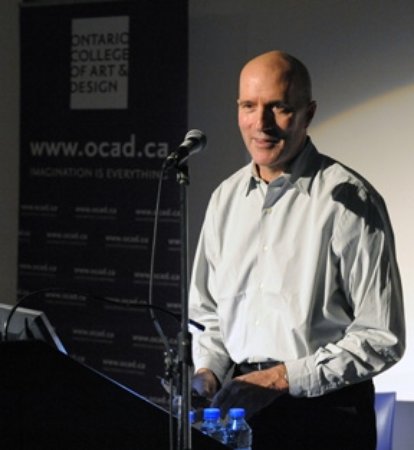 Image courtesy
akimbo.ca
Image courtesy
akimbo.ca
BONUS FACTS
—Foster is an editor at October , the journal of art history and criticism that was co-founded by his dissertation advisor, Rosalind Krauss.
—Foster attended the Lakeside School in Seattle, Washington, where one of his classmates was Bill Gates.
—As Foster told Interview magazine , his favorite heist film is the 1955 classic To Catch a Thief, staring Cary Grant and Grace Kelly.
MAJOR WORKS
- The Anti-Aesthetic: Essays on Postmodern Culture, 1983. Bay Press.
- Compulsive Beauty, 1995. MIT Press.
- The Return of the Real: The Avant-Garde at the End of the Century, 1996 . MIT Press.
- Design and Crime (And Other Diatribes), 2002 . Verso Books.
- The Art-Architecture Complex , 2011. Verso Books.
- Bad New Days , 2015. Verso Books.

















